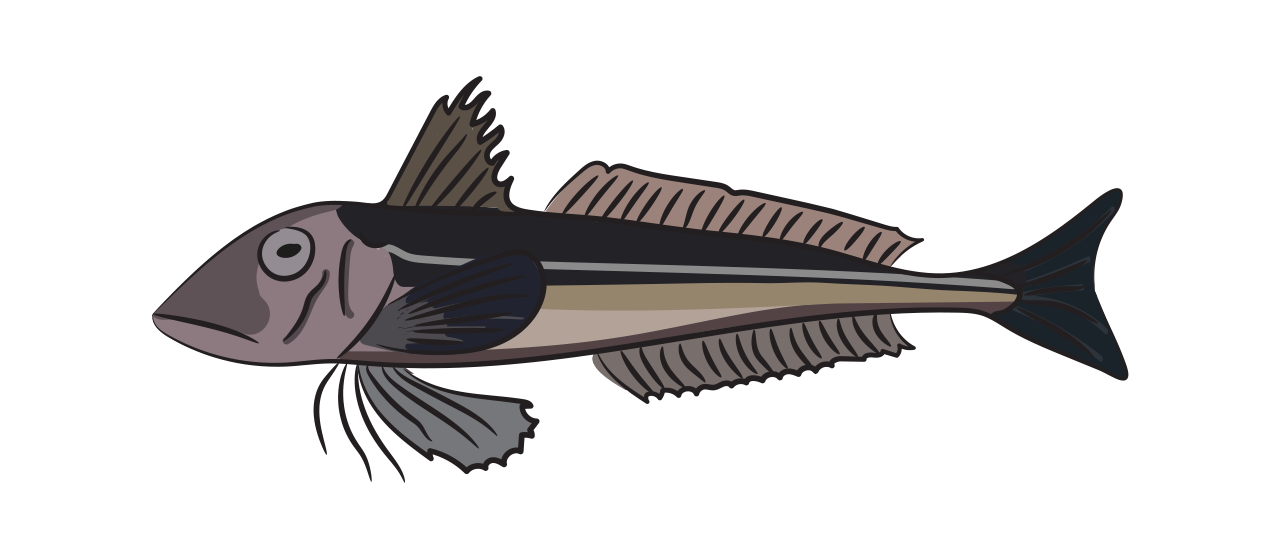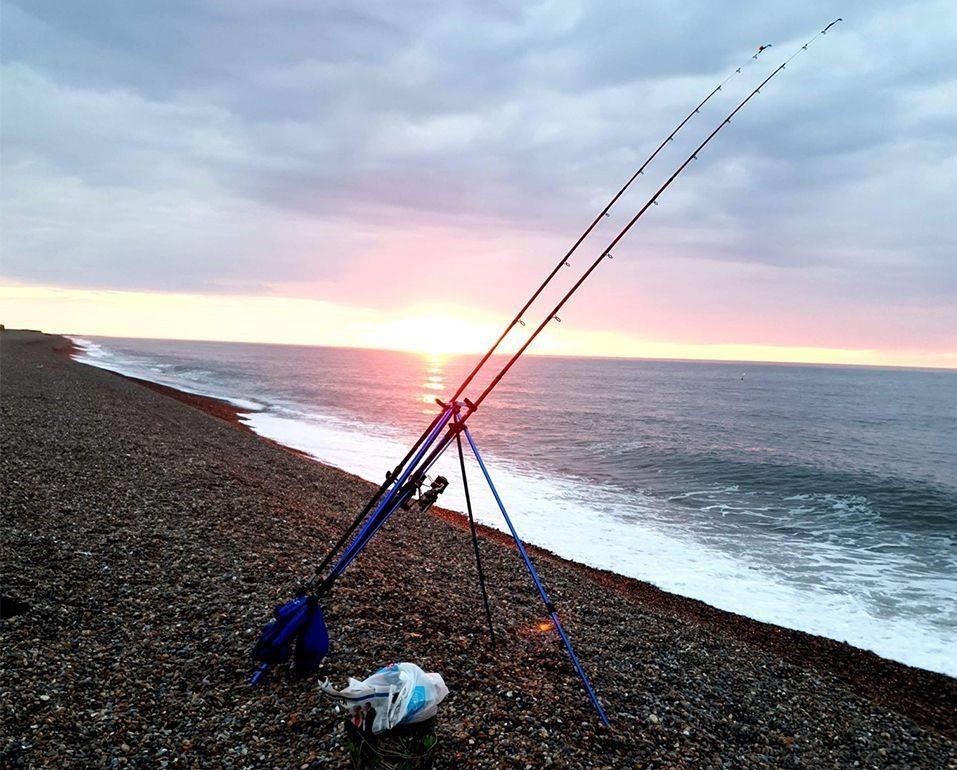Grey Gurnard| Fish Species Guide | Angling Direct

Grey Gurnard
aka Eutrigla gurnardus
The smallest of the main 3 Gurnard species, this bottom-dwelling fish is dark grey in colour with a pale belly and like other species of gurnards, has fins with finger-like ridges that allow the fish to crawl the seabed. Grey gurnards live in loose shoals, tolerating brackish water in estuaries and forage on the seabed across most coasts of the British Isles and Europe. Its lateral line consists of bony, thorned scales with small fan-like pectoral fins which are again the smallest of the three main species.
The gurnard family is named for its ability to make grunting or growling noises, which is produced by a muscle that vibrates the two-chambered swim bladder.
Stats
Status
Habitat
Muddy seabeds, offshore sandbanks and sandy bottoms down to 140m depth.
Bait
Shrimps, crustaceans & sandeels.
Native or Invasive
Native
Where
Common in the Eastern Atlantic Ocean, from Iceland and Norway down to Morocco, the Mediterranean and largely in the UK.
 Catch Experience
Catch Experience
Video
Blog Highlight
National Marine Week – Top 5 Sea Fishing Tips
With the sun shining and the family likely wanting to head to the beach, why not make the most of a visit to the coastline and bring those sea fishing rods along! Sea fishing is probably the most accessible; it's usually totally free around our...
Read More